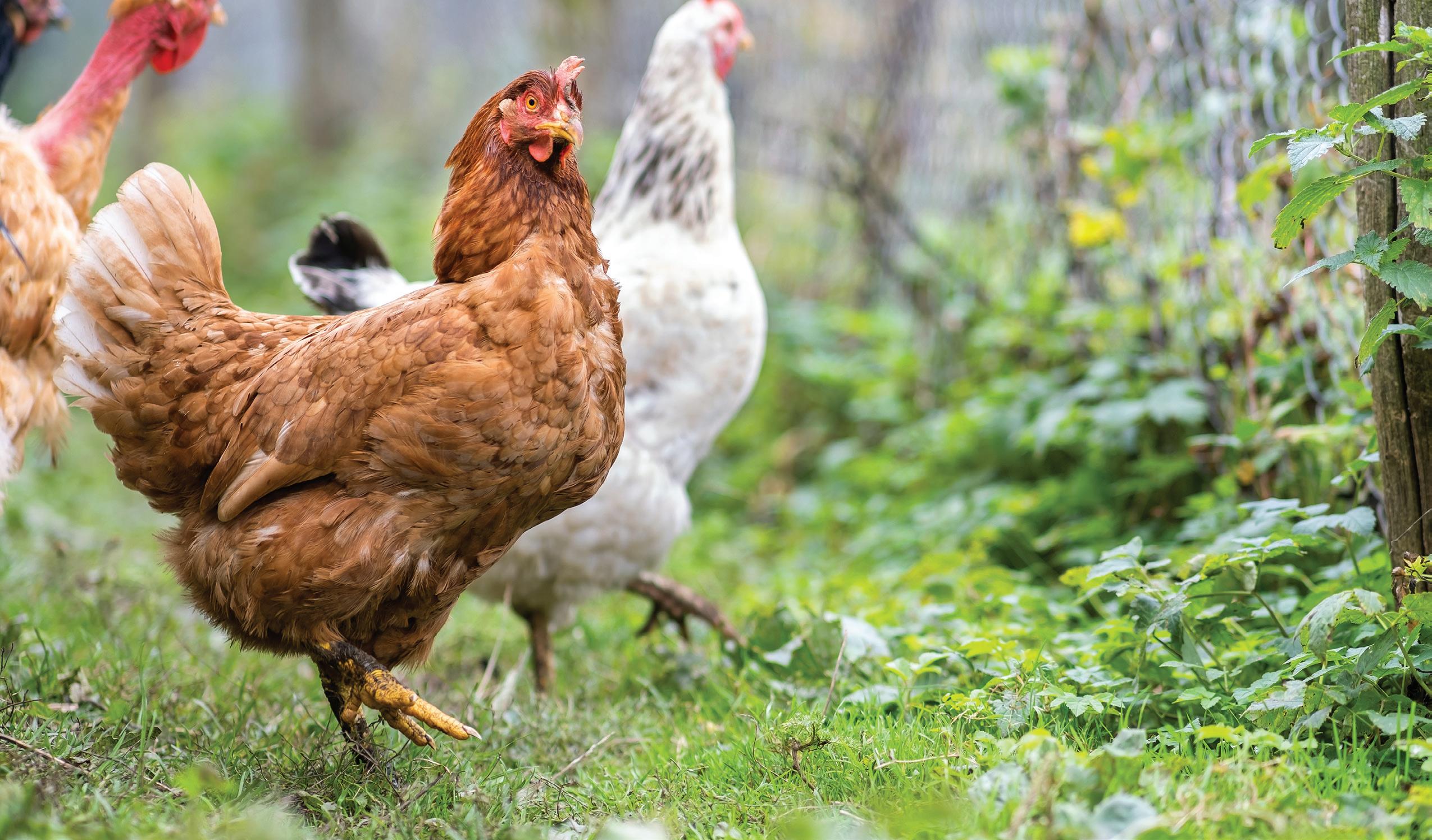
2 minute read
GardenersHow Ergonomic Tools can help
HOW ERGONOMIC TOOLS
Gardening is a rewarding activity that has been found to provide a host of benefits beyond ensuring readily available access to fresh fruits, vegetables and awe-inspiring blooms.

The Centers for Disease Control and Prevention says many gardening tasks qualify as light to moderate exercise, which means raking the leaves and cutting the grass can be just as beneficial as cardiovascular activities like brisk walking or jogging. In addition, a 2017 study published in the journal Preventive Medicine Reports found that gardening can help aging men and women offset age-related weight gain. And the health benefits of gardening go beyond the physical. In 2014, a systematic review of randomized controlled trials published in Complementary Therapies in Medicine concluded that horticultural therapy may be an effective treatment for people with dementia.
Gardeners have a host of tools at their disposal to help turn their lawns and gardens into awe-inspiring landscapes. Among those options are ergonomic tools. Ergonomic tools can benefit gardeners of all ages, but they may prove especially valuable for aging men and women.
How ergonomic tools differ from traditional gardening tools Ergonomic gardening tools are designed to ensure that using them has as little effect on the body as possible. Ergonomic tools align with how a person naturally moves his or her body, which can reduce the likelihood that gardeners will suffer any strains or sprains while gardening or experience any aches and pains after a day spent tending to their landscapes.

CHOOSING THE RIGHT TOOLS
The West Virginia University Center for Excellence in Disabilities notes that gardeners will know they have chosen the right ergonomic gardening tool for the job when they do not have to adapt the tool. Ergonomic tools should match gardeners’ heights, fit their grip and feel comfortable when in use. SPECIFIC BENEFITS OF ERGONOMIC TOOLS
Ergonomic gardening tools are designed in a way that can reduce stress on the body while performing various tasks. Gardeners know that aches and pains can add up after a day spent kneeling in the garden, raking soil and carrying supplies from a shed or garage around the property. But the WVUCED notes that ergonomic tools do more than just reduce gardeners’ risk of injury.
• Ergonomic tools increase efficiency. Wasted motions are less likely when using ergonomic tools. That can improve efficiency in the garden, allowing gardeners to get more done in the same amount of time. And because ergonomic tools are designed to work with the body, gardeners likely won’t need to take breaks due to aches and pains, which also makes it easier to be more efficient when working in the garden.
• Ergonomic tools increase gardeners’ capabilities. The WVUCED notes that principles behind ergonomics keep gardeners using the tools in natural positions. That means gardeners won’t lose power to bending and twisting, enabling them to do more in the garden than they might be able to do when using nonergonomic tools. Gardening is a rewarding and beneficial activity. The right ergonomic tools for the job can enhance those benefits and make gardening even more enjoyable.






